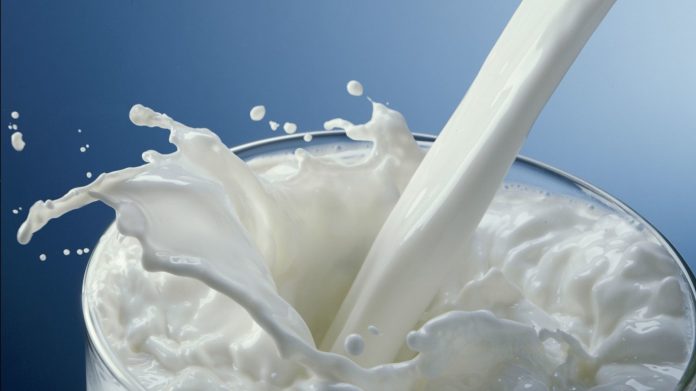From June 12, farmers will get Rs 9.25 per liter more on buffalo milk. Like Gujarat’s AMUL, Karnataka Cooperative Milk Producers Federation Limited (KMF) is the most prominent company for dairy co-operatives in Karnataka.
It is number one in terms of purchase and sale of milk in South India. Like AMUL (KMF) collects milk from farmers and sells it. KMF’s products are sold in Karnataka under the name of milk and other dairy products Nandini. According to the news, KMF’s current director (marketing) M Raghunandan said that there is no shortage of milk in the state and KMF buys around 73 lakh liters of milk daily.
Increase in milk prices: The price hike has been done only on buffalo milk. At present, KMF is giving Rs 36.80 per liter to the farmers. At the same time, after the increase in the prices, farmers will get Rs 46 per liter.
Milk price hike from 2021- According to the data provided by food commodity price database Mintech, milk prices in India increased from Rs 46 to Rs 53 per liter from November 2021 to early May.
This is a big economic crisis for Indians who are known as the world’s largest milk consumers.
In India, milk is bought daily in every household. Per capita consumption of milk is about 440 grams per person per day. Every Indian starts his day with milk.
“People drink milk from a bottle in the morning, or use it in tea and coffee, a lot of Indian sweets are mostly made from milk,” he said. He also added that other local favorites made from milk include paneer, ghee and curd – all of which are part of the daily diet of Indians.
Why the prices increased – High prices of animal feed and increase in demand for milk in this season is becoming the reason for increase in the prices of milk.
According to Matthew Biggin, commodity analyst at BMI, the research unit of Fitch Solutions, farmers are not able to provide enough fodder to their cattle due to the rise in fodder prices.
According to the National Dairy Development Board of India, cattle feed is usually made of corn, wheat, rice, and many other grains. The prices of many of these grains saw a big jump in the middle of last year and their prices have continued to rise. Some of the increase in prices was due to Russia’s invasion of Ukraine, which disrupted the supply chain and pushed up prices.















